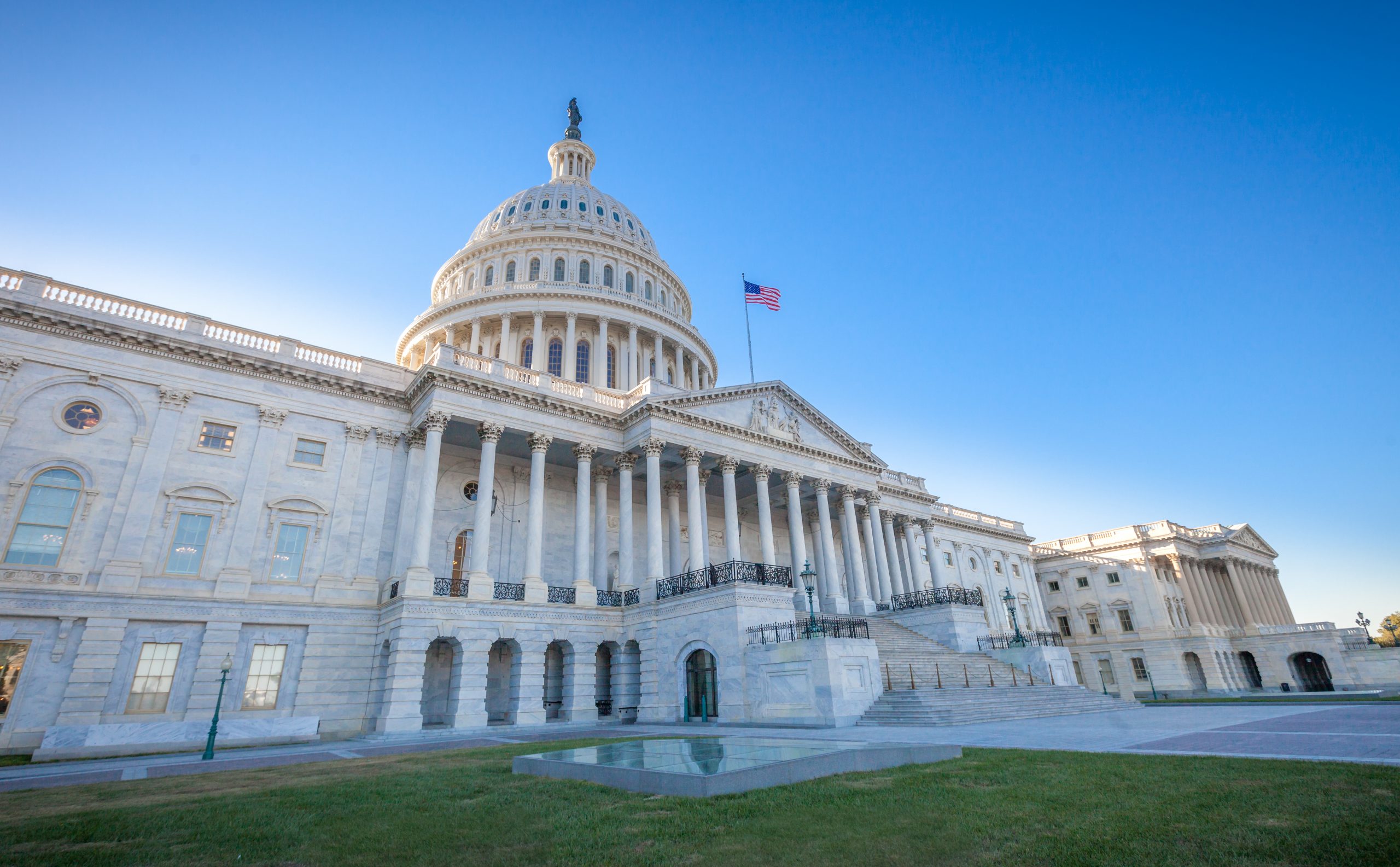Service Delivery
Preparing for response to COVID-19
Protect your clients, protect your staff, protect your organization, protect your community.
As the virus that causes COVID-19 continues to have a significant impact on our lives, accredited and in-process organizations have asked us how the standards can help them be ready and respond. In this post we will make a few big-picture recommendations about where to start with your preparations, then point out the key standards that might inform your response.
A few quick recommendations
Before we look at specific standards, we have a few recommendations. First, pull your senior staff and members of your governing body together to think about what your organization needs to do be prepared for and respond to the virus. We strongly recommend that you review the CDC’s Interim Guidance for Administrators and Leaders of Community- and Faith-Based Organizations to Plan, Prepare, and Respond to Coronavirus Disease 2019 (COVID-19). This resource is the single best resource we have seen to help you prepare your organization for the inevitable arrival of the coronavirus in your community. The guidance provided is specific and clear and is continually updated as new information emerges.
Second, review and update your emergency preparedness plan and other relevant polices and procedures. COA has several standards that address key preparedness and response issues that accredited organizations will already have in place. These fall under the broad standards categories of human resources management, safety and security, and emergency preparedness. More about these below.
With regard to service delivery: Depending on the types of services you provide and the populations you serve, you are very likely to get multiple communications from federal, state, and county oversight entities, as well as others with specific directives and/or guidance that will directly effect your work at the program level. You will want to merge these varying sources of guidance– some of these will be mandatory–into a form that staff can understand and follow.
It is important also to make this information easily accessible. One organization that serves the homeless mentally ill in upstate New York has been receiving updated virus-related directives from multiple sources almost every other day. Every time one of these is received, the CEO merges the new information into updated procedures and then walks around and replaces the old documents, which have been posted all over the facility, with the newest version. Staff are very busy and aren’t always able to stop what they are doing and check their email to see if new updates have been made to the online procedure manual. So put such critical information right in front of them.
Third, communicate clearly and openly with the people you serve, your staff, and the public. The situation in your locale may be changing quickly. Your clients and staff will be looking to you for guidance. Wild Apricot has a very good blog entry titled How to Create a Crisis Communications Plan for Your Nonprofit that you may find useful.
Communication also includes ensuring that staff know who to go to for answers in rapidly evolving situations. Anticipate that some staff who have decision making authority may become sick. Plan for that eventuality, and make sure that staff know who to go to in their place. This is especially important in larger, multiservice organizations who may provide a variety of different services in multiple locations.
Now lets take a look at some of the key COA standards. Currently accredited organizations will have policies and procedures related to these standards already in place. For these organizations, your task it to review these and update them where necessary.
Review and update your emergency response plan and procedures
Pull out your emergency response plan and procedures (ASE 6.01, ASE 6.02, ASE 6.03) and review them with COVID-19 in mind. If you are like many other organizations, you may not have anticipated a fast-moving pandemic when your plan was developed. Emergency response plans and procedures for multiservice organizations and those providing services at different sites may need to include location-specific guidance for each program site.
Things to consider:
- Clarifying who will communicate with authorities and emergency responders at each program location
- Clarifying and testing your lines of communication to staff, your board, clients, and the public
- Clarifying your responsibilities for persons served with mobility challenges and other special needs
- Do you have sufficient supplies at each site? (I.e. masks, gloves, hand-sanitizer, first aid, first aid manuals, cleaning supplies, disinfectant, toilet paper, food, maintenance supplies, batteries, etc.)
- Is emergency contact information up-to-date for all staff and service recipients?
- Will medications be available for people in residential facilities?
- Are copies of emergency response plans and procedures readily available to staff at all program sites?
- How will programs and administrative offices cope with multiple staff absences due to illness?
- If volunteers perform important functions, how will those functions be done if volunteers are prohibited from entering your program sites?
- How will your programs operate if absenteeism spikes?
Review and update safety and security measures
The standards in ASE 5: Safety and Security address the safety and security of your staff and persons served at your program and administrative sites. Review your most recent safety assessment and any measures that were implemented to address identified issues. Then conduct a new COVID-19 assessment if time permits.
Things to consider:
- Will you need to update or create a visitor policy? (I.e., will visitors be prohibited? Who will be allowed to enter your program sites?)
- Will staff and service recipients be permitted to congregate?
- Will face-to-face staff/client interactions be permitted? If so, under what conditions?
- How quickly can you train staff on updated safety procedures and protocols?
- If you run a residential program, are you capable of quarantining residents? If not, what happens with residents who are ordered to be quarantined? How do you promote/enforce social distancing in congregate care facilities?
Review and update human resource management policies
By the time you read this, many of you will already be under restrictions mandating the closure of all non-essential businesses. Although most of our accredited organizations will be not be subject to those restrictions, most have staff that do not necessarily need to be on-site to perform their jobs. Many of you are scrambling to put human resource policies in place to reflect this new reality. The standard HR 3.02 broadly addresses what may go into an HR policies and procedure manual.
Things to consider:
- Which jobs are critical to the organization’s continued operation? Which can be performed remotely, and which cannot?
- How will critical job functions be performed if key staff are absent due to illness or the need to care for family members?
- Do you have a remote working policy? How will supervision be conducted for remote workers?
- Do your sick time and leave policies reflect guidelines and mandates about virus-related sick time? Does your family-leave time? Do they encourage staff to stay home if they feel sick?
- Is your HR department staying abreast of the latest, rapidly-changing federal and state rules about insurance costs? Are you prepared to help staff understand how new rules apply to them?
Again, the CDC has good, comprehensive, practical guidance for employers: Interim Guidance for Businesses and Employers to Plan and Respond to Coronavirus Disease 2019 (COVID-19).
Review and update technology and information security for remote working
Remote working is as much a technological issue as it is a human resources management issue. The policies and procedures required for RPM 4: Technology and Information Management, and RPM 5: Security of Information should be reviewed and updated if you will be requiring some of your staff to work at home.
Things to consider:
- How will staff securely access work files from off-site?
- How will remote staff communicate with staff who are still working onsite? With each other?
Review and update policies and procedures for technology-based service delivery
The coronavirus has rapidly pushed technology-based service delivery from the periphery to becoming a core intervention modality for many kinds of social and human services. If you are already employing technology-based interventions, take this time to review new rules and guidance coming for the federal government on its use. Then review the standards in PRG 4: Technology-based Service Delivery to ensure that your current practices continue to meet the requirements of the standards.
If you are thinking about employing technology-based interventions for the first time, you need to understand that there are many important factors to consider, including confidentially, security, data collection and transmission, acceptable technologies, licensure, how to work with clients through electronic means, and more. A review of the standards in PRG 4 will give you a frame of reference for what such services look like.
We hope this post helps to bring some of the most important questions into focus for you as you prepare for the coronavirus. The function of accreditation is to build organization’s capacity and resilience through a careful and thorough review of its administration and service-delivery practices. It does this by having you look at what you are doing and how you are doing it, thinking about how you can do things better, and, finally looking ahead so you can be ready for what is coming, both seen and unforeseen.
Be safe.



